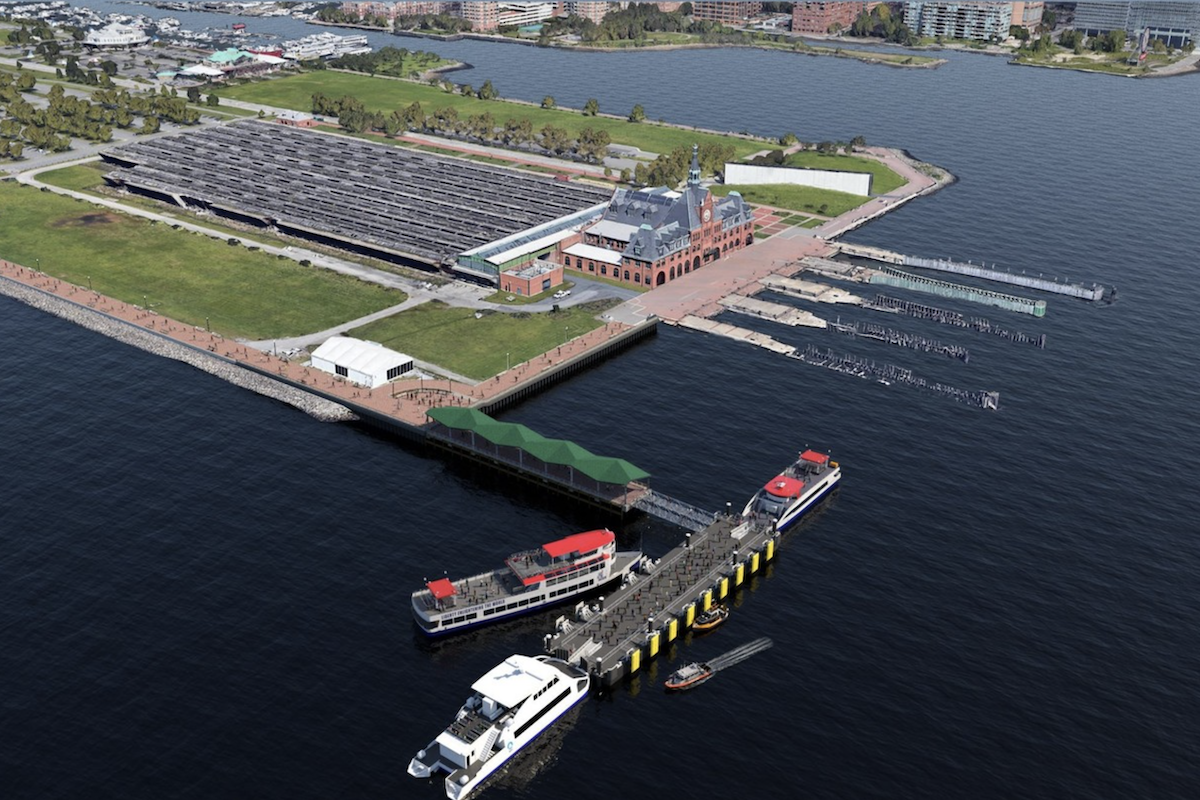Richmond, Maine contractor Wyman and Simpson won the bundled bridges contract with a bid of $14.5 million. All of the bridges are structurally deficient.
Located in sparsely populated Franklin County, the deteriorated structures are Farmington Falls Bridge on State Route 41 over the Sandy River in Chesterville and Farmington, built in 1931; the Alder Stream Bridge on State Route 27 over Alder Stream in Jim Pond Township, built in 1961; and the Hall Bridge on State Routes 2 and 17 over Butterfield Brook in Dixfield and Wilton, built in 1932.
In its application for federal funding for the project, Maine DOT notes that all three bridges needed to be replaced “or incur significant maintenance and risk potential closure.”
Unfortunately, there are few alternate travel routes in this region of Maine, so if disaster struck and a bridge had to be closed, one-way detours could run anywhere from 11 to 179 miles. “Replacing the bridges now, prior to load posting, failure or forced closure, will allow for their orderly and cost-efficient replacement,” Maine DOT points out. In line with this, the agency has required access across the bridges to be maintained at all times during construction.

| Your local Trimble Construction Division dealer |
|---|
| SITECH Allegheny |
| SITECH Northeast |
Built in 1931, the existing Farmington Falls Bridge is a four-span concrete T-beam structure in poor condition with poorly aligned approaches. It is being replaced by a two-span, steel girder structure on a new alignment. The bridge length between the centerlines of the abutment bearings is approximately 225 feet, while the overall width is about 38 feet, large enough to allow two 11-foot travel lanes, two 4-foot shoulders, and a 5-foot sidewalk. New reinforced concrete abutments, wingwalls, and pier substructures with spread footings are founded on bedrock. A single pier divides the bridge into two equal spans, and since the number of piers in the river is being reduced, the rate of flow is likely to improve, reducing ice jams, floods, and trapped debris.
The temporary bridge was itself a challenging project. It had to be rugged enough to support logging and other heavy trucks routinely carried by the old bridge. And in the traditional Yankee ‘waste not, want not’ spirit, it was to meet this demanding capacity using recycled construction materials.
“All of the steel for the temporary bridge came from various DOT projects we completed in the past,” said Brian MacFawn, Project Manager for Wyman and Simpson.
The temporary bridge is approximately 266 feet long, measured between the centerlines of the two abutment bearing seats. There are three piers comprised of steel pile bents. While they look different, there is no functional difference between a bent and a pier. A pier generally has only one column or shaft supported by one footing, while bents have two or more columns with individual footings. In this case, bent frames are made up of horizontal HP14x73 headers plus battered and vertical HP14x73 piles driven to bedrock. When necessary, Wyman and Simpson performed pile and sheetpile driving using an ICE 28c vibratory driver borne by a 100-ton Manitowoc lattice boom crawler crane.
The bents support a line of four to six girders, depending on span length. Girders are either 36-inch cold rolled beams or welded plate girders up to 6 feet deep.
“In winter, we set up the casting beds and cast three a day,” explained MacFawn.
To ensure service life of the new bridge and minimize future maintenance costs, the contract specifies corrosion-resistant materials to be used for superstructure and substructure elements with increased exposure. Furthermore, approaches and adjacent intersections are being reconstructed according to current standards for today’s vehicles.
Construction of the temporary bridge got underway in March 2022. Cofferdams were not necessary for this portion of the work, MacFawn explained, “We diverted the river away from the demo work with rock and concrete barriers and started building bents on the Farmington side. We also built a road to the middle of the river to erect girders last year (2022).”
Demolition work was carried out by a Volvo 290 Excavator, Caterpillar 330 Excavator and Caterpillar 345 Excavator, with 8,500-pound hydraulic demolition hammers employed as needed. Rip rap and concrete debris were used to create level tables for the hardwood crane mats used to stabilize the Manitowoc.
Wyman and Simpson is doing the demolition, site excavation and pile driving, with E.L. Vining of Farmington installing rip rap and drainage. The ready-mix concrete is supplied by Haley’s Inc. of Sangerville, while concrete pumping is handled by N.S. Giles Foundations Inc. of Bangor.
Progress was excellent despite the surprising river flow, said MacFawn.
“We got a lot of high water we were not expecting which caused delays, but otherwise the project was pretty cut and dry.”
The second bundled bridge is the Alder Stream Bridge, a 1961 three-span, rolled steel beam structure with a concrete deck. The steel superstructure is in poor condition with moderate to severe section loss at beam end locations over the abutments and piers. Wyman and Simpson is replacing this failing structure with a 135-foot-long single span steel girder bridge with integral abutments. The superstructure will have a 9-inch concrete deck composed of 1-inch wearing course concrete and 8-inch structural concrete slab. The travel lanes will be 11 feet wide with 3-foot shoulders, resulting in a curb-to-curb width of 28 feet.
The third one of the bundled structures is Hall Bridge, a single span, concrete slab bridge built in 1932 that was later widened in 1972. It has an integral concrete wearing surface, and a curb-to-curb width of 44 feet. The underside and center of the concrete slab has a large spall with broken rebar. The deck/superstructure is in poor condition. The new bridge is a single span precast concrete box culvert bridge with a clear span of 24 feet. The travel lanes will be 12 feet wide with 10-foot shoulders.
As of June 1, 2023, the three bridges are in various stages of construction, according to MacFawn. He anticipates completing the entire contract by fall 2024.
Drone photos courtesy of Ben Myers






































































